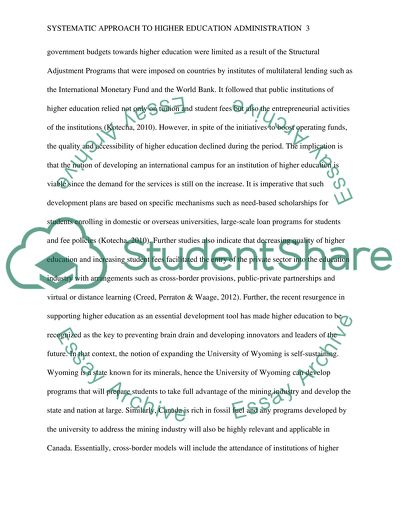Cite this document
(“Systematic Approach to Higher Education Administration Research Paper”, n.d.)
Retrieved from https://studentshare.org/education/1701995-systematic-approach-to-higher-education-administration
Retrieved from https://studentshare.org/education/1701995-systematic-approach-to-higher-education-administration
(Systematic Approach to Higher Education Administration Research Paper)
https://studentshare.org/education/1701995-systematic-approach-to-higher-education-administration.
https://studentshare.org/education/1701995-systematic-approach-to-higher-education-administration.
“Systematic Approach to Higher Education Administration Research Paper”, n.d. https://studentshare.org/education/1701995-systematic-approach-to-higher-education-administration.


